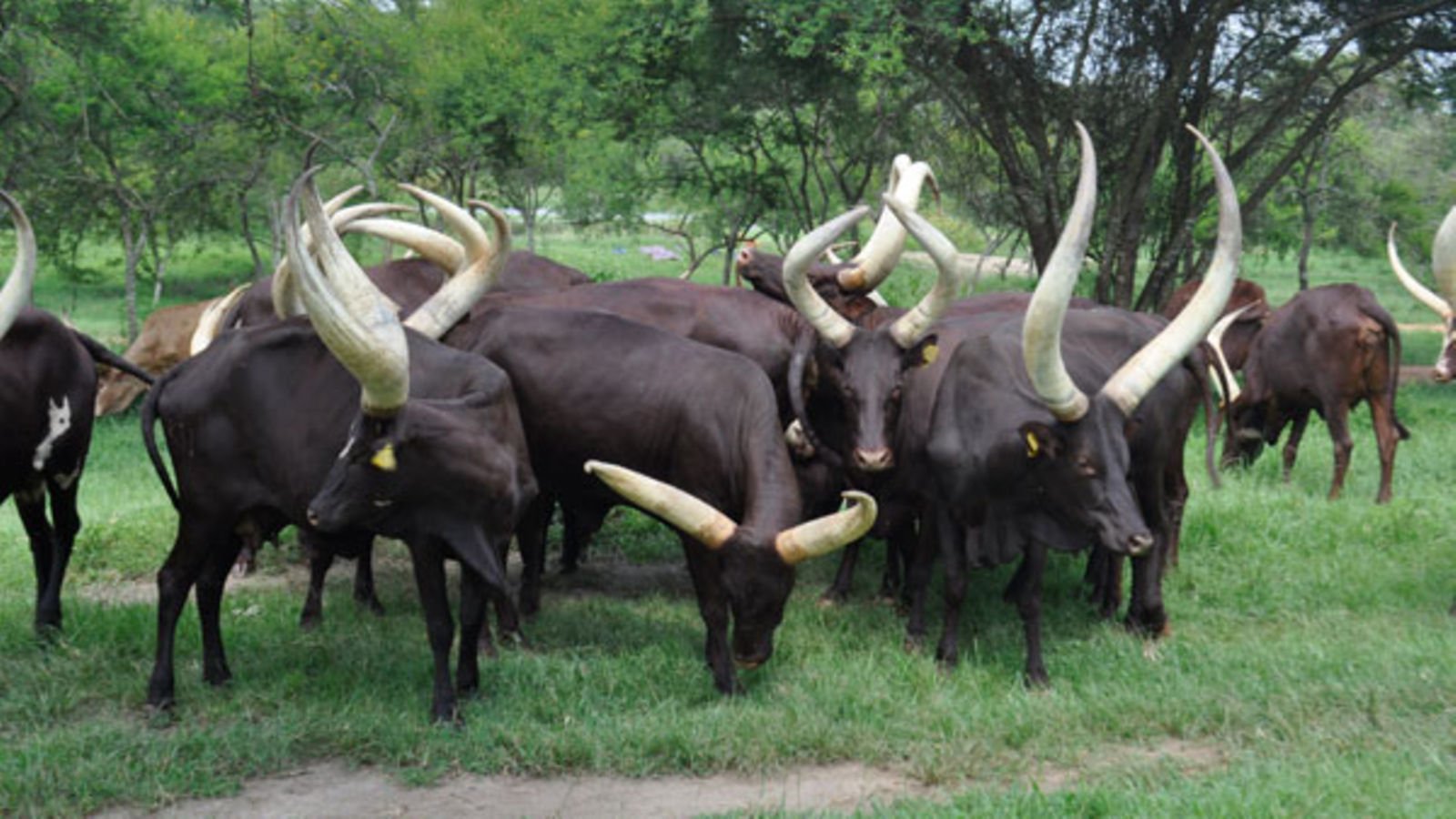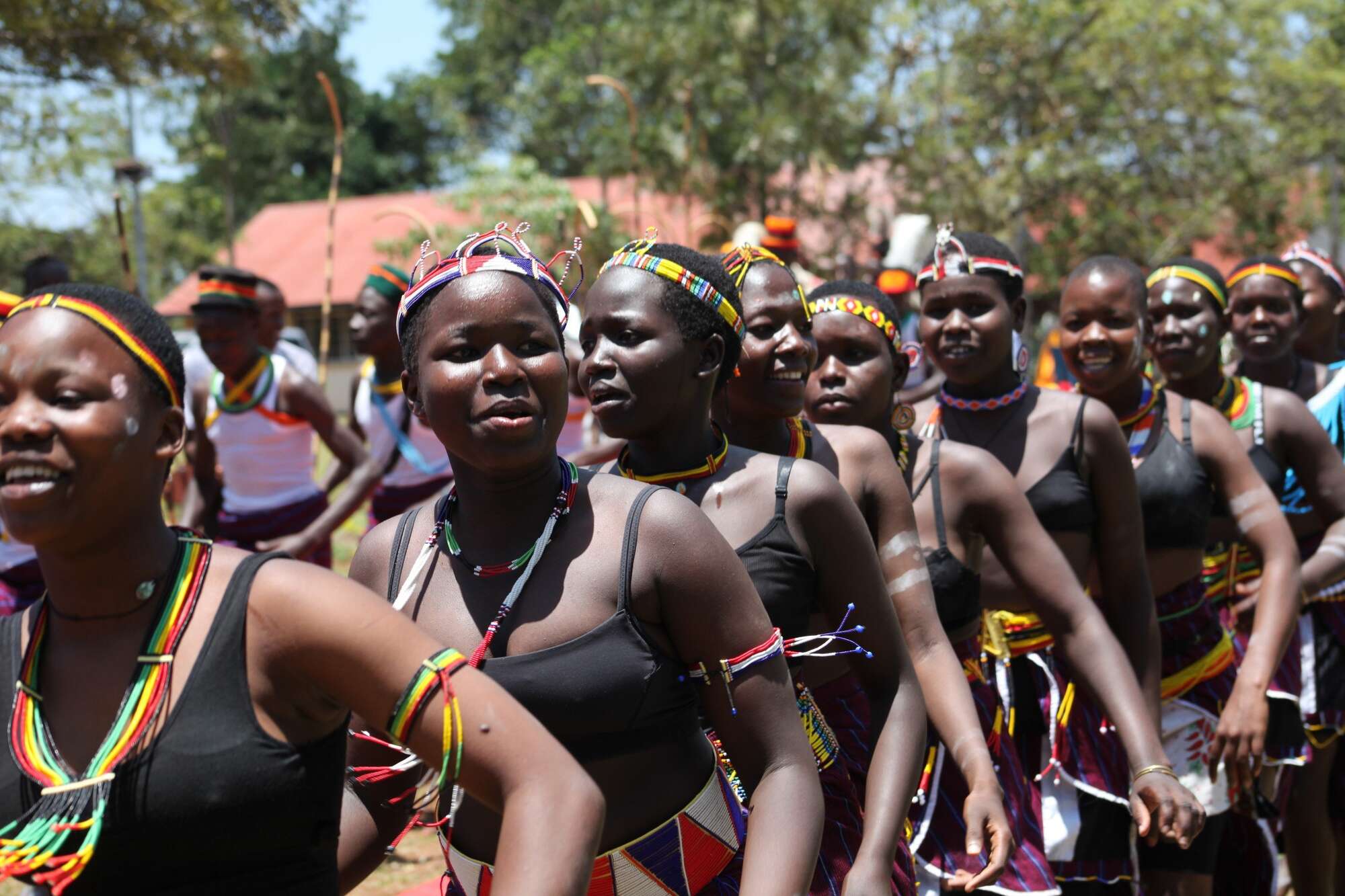Prime
Looming famine as dry spell bites Ankole hard

Ankole longhorn cattle graze at Mwesigwa Resort Farm in Kiruhura District before the dry spell in January. PHOTO/FILE
What you need to know:
- Beyond the dry spell that has affected crops, dairy farming, another primary source of livelihood, has been hit by foot and mouth disease.
BY MONITOR TEAM
Since the start of April, the Ankole Sub-region has been experiencing extreme dry spells that have devastated crops and strained the agricultural sector, threatening food security.
Mr Alvin Asiimwe, a resident of Rugando Village in Rwampara District, reports significant losses.
“Our source of income is entirely agriculture. Most of the crops like beans and groundnuts have dried up. In other areas, we have registered low yields. For the maize we planted, we have made total losses,” he says.
Additionally, dairy farming, another primary source of livelihood, has been hit by foot and mouth disease.
“The district is under quarantine, meaning we can’t sell any animal products. Our other source of income is matooke but due to the drought, a bunch of matooke that used to cost between Shs10,000 and Shs15,000, now goes for as low as Shs2,000,” he adds.
Ms Felister Atuhaire, a resident of Kitoro Village in Ishongororo Town Council in the Ibanda District, highlights the severe water shortages.
“We travel long distances to get water. If you fetch water at around 10am, you find it contaminated with mud. So, we normally wake up early. Our animals don’t have pastures because everything has dried up,” she says.
The Ankole Sub-region, known as Uganda’s food basket due to its favourable climatic conditions for both dairy and crop farming, is now struggling. The sub-region typically grows cash and food crops such as matooke, maize, irish and sweet potatoes, cassava, beans, groundnuts, sorghum, millet, coffee, tea, and vanilla, which supplement dairy farming.
Mr Absolom Turinawe, a resident of Kakuuto III Village in Ishongororo Sub-county, notes the critical water shortage for dairy farmers.
“We appeal to the government to construct dams for us to reduce water shortages and for environment officers to sensitise people against encroaching on wetlands,” he says.
Mr Alfred Mwesigye, a farmer from Rwekitoma in Nyamuyanja Sub-county, Isingiro District, describes the current farming conditions as highly risky.
“I planted an acre of beans in March, expecting rain, but received very little. Now, the best I can harvest is one tin instead of a bag,” he says.
In Sanga Town Council, Kiruhura District, where most residents are cattle keepers, Mr Safari Mugyenyi explains that cattle keeping is no longer viable.
“Most people are beginning to sell off their cows because there is no water. Getting water from Mbarara is expensive and unmanageable for most residents. For 10,000 litres, one has to part with Shs200,000, and this water can only sustain a person with 100 cows for a single day,” he says.
Mr Jeconious Musingwire, an environmentalist and former National Environment Management Authority manager for the western region, points out the broad impact of the dry spell.
“Seasonal crops such as beans and groundnuts have not reached the harvesting period due to excessive sunshine. Permanent crops such as coffee have also been affected. Livestock suffers as well because the grass dries up so fast,” he says.
He calls for long-term strategies such as restoring wetlands, constructing water dams, underground water tanks, and rainwater harvesting to sustain farmers during droughts.
Mr Abel Kamwesiga, the chairperson of Mbarara Farmers Forum, emphasises the need for government intervention.
“It’s high time the government provided affordable irrigation technologies. Most farmers have lost crops, especially beans and maize due to unpredictable weather conditions. The government needs to implement artificial interventions such as irrigation and water harvesting,” he says.
Mr Erry Kiirya, the Ibanda District natural resources officer, adds that the dry season has drastically affected food and cash crop production.
“There has not been much harvest of food crops as expected compared to the previous harvests. Other cash crops such as vanilla and coffee have also been affected, which means that people who are doing irrigation have faced challenges with water to irrigate their crops,” he says.
He adds: “Even water levels in the rivers have reduced. So, when it comes to animals and livestock, the grass has dried and they take animals early to graze as a mechanism to get wet pastures for the animals but in most parts, the grass is dry.’’
The situation remains dire, with the dry spell expected to continue, further threatening the livelihoods and food security in the Ankole Sub-region.




